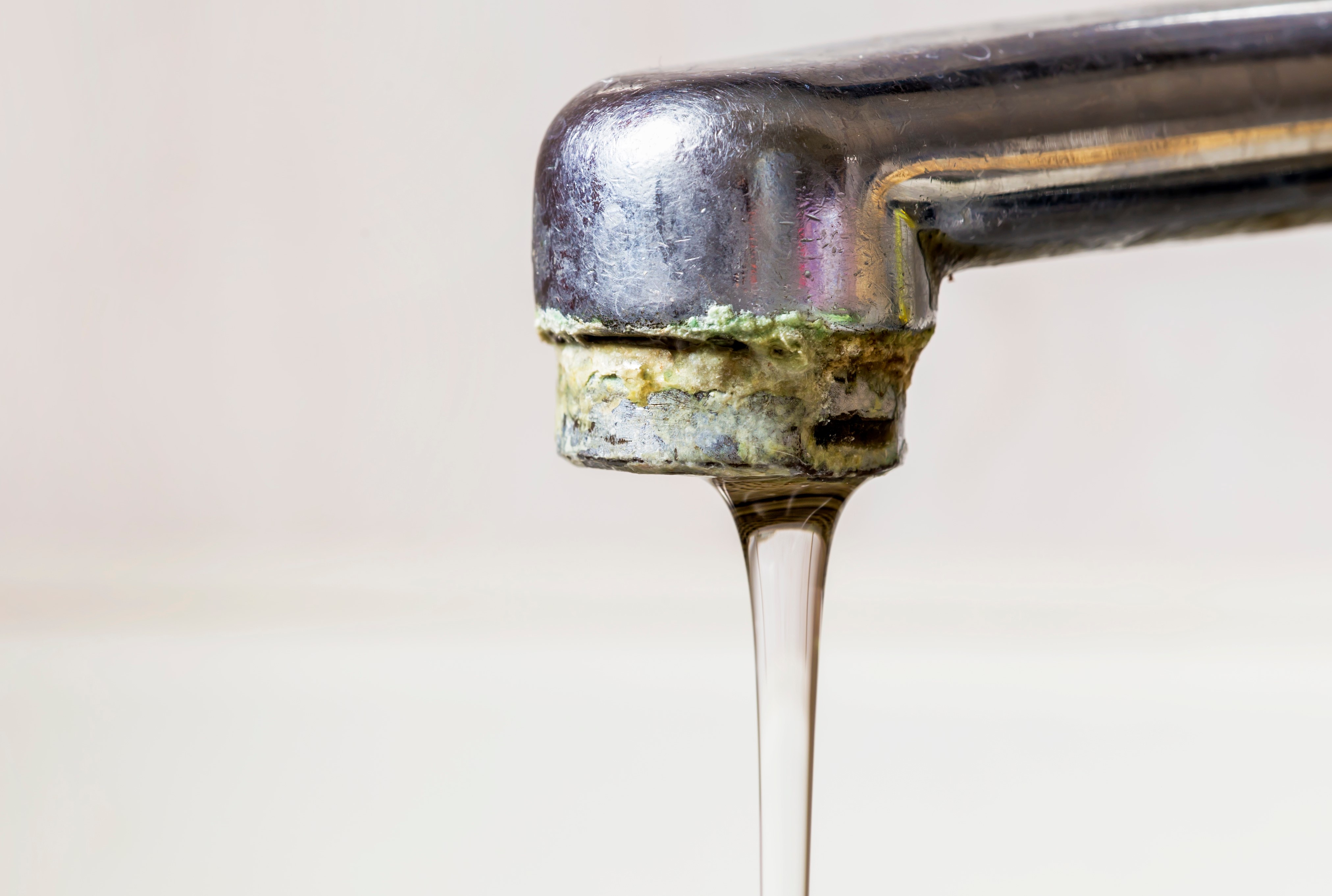This great article in the next paragraphs on the subject of Understanding the Basics of Your Home's Plumbing System is quite fascinating. Don't overlook it.

Plumbing is a necessary element of any kind of home, responsible for providing clean water for alcohol consumption, food preparation, and showering, along with getting rid of wastewater securely. Recognizing the basics of home plumbing is important for each homeowner to guarantee appropriate maintenance, troubleshooting, and, if needed, repair services. In this novice's overview, we'll cover the fundamental principles of home plumbing to aid you come to be extra aware of exactly how it works.
Water System System
The water system brings tidy water into your home from a community water source or a personal well. It includes a primary water line that connects to your home's plumbing system, generally situated underground. A water meter determines the amount of water taken in, while a shut-off valve enables you to regulate the flow of water into your home.
Plumbing Components
Plumbing components are gadgets that supply water to different parts of your home and consist of sinks, faucets, bathrooms, showers, bath tubs, and appliances such as dishwashers and cleaning makers. Each fixture is connected to the supply of water system through pipelines and installations and might have its shut-off valve for upkeep or emergencies.
Water Heating Unit
The water heater is responsible for heating water for domestic use, consisting of showering, cooking, and cleansing. Typical kinds of hot water heater include tank-type hot water heater, tankless (on-demand) water heaters, and heat pump water heaters. The water heater is linked to the water supply system and supplies hot water to plumbing components as needed.
Water drainage System
The water drainage system eliminates wastewater from your home and carries it away to a sewer treatment center or septic tank. It includes a network of pipes, installations, and components that transport wastewater from plumbing components to the major sewer line or septic system. Correct drainage is essential to stop clogs, backups, and sewer leaks.
Ventilation System
The ventilation system aids keep proper atmospheric pressure and prevent sewer gases from entering your home. Vent pipes, also referred to as air vent stacks, prolong from plumbing components to the roof, allowing sewer gases to run away safely outside. Air flow pipelines also enable air to get in the drainage system, promoting smooth wastewater flow and avoiding suction or vacuum results.
Typical Plumbing Devices
Having the right devices handy is vital for carrying out basic plumbing repair work and maintenance jobs. Typical plumbing tools include adjustable wrenches, pipe wrenches, pliers, pipe cutters, hacksaws, bettors, augers (or drain snakes), and Teflon tape. Having these devices easily available can help you deal with small plumbing problems successfully.
Basic Plumbing Repairs
While some plumbing fixings might require specialist assistance, lots of usual concerns can be resolved with basic do it yourself techniques. Understanding just how to repair a leaky faucet, unblock a drain, replace a toilet flapper, or repair a trickling showerhead can save you money and time on plumbing repair work.
Verdict
Recognizing the fundamentals of home plumbing is important for every single home owner to preserve a risk-free, practical, and efficient plumbing system. By familiarizing yourself with the water system, plumbing components, drain system, air flow system, common plumbing devices, and standard fixings, you can with confidence deal with small plumbing concerns and ensure your home's plumbing system runs smoothly.
Understanding Basics of Home Plumbing System: A Beginner's Guide
The Main Components of Your Home Plumbing System
The Water Supply System
This system is responsible for transporting fresh water into your home. It usually has a main water line that splits into two branches: one directed towards cold water services and the other connected to a water heater for hot water. The pressure is key here; it ensures water reaches all parts of your house.
The Drainage System
Once water has been used, it becomes wastewater that needs to be removed from your home. This is where the drainage system comes into play. It includes all the pipes that carry wastewater and sewage away from your house to sewage treatment facilities or septic tanks.
The Vent System
The vent system prevents sewer gases from entering your home and helps maintain the pressure balance that allows wastewater to flow out properly. These vents usually exit through the roof of your house.
Water Heating System
For those who enjoy hot showers or using hot water for cleaning, the water heater is a crucial part of the plumbing system. It can be a tankless system, which heats water on demand, or a traditional water tank model.
Common Plumbing Problems and Basic Troubleshooting
Plumbing systems, while designed to be durable, can face issues like clogged drains, leaky faucets, or low water pressure. Here are some basic troubleshooting tips:
Clogged Drains
Use a plunger or a plumber's snake to try and dislodge whatever is blocking the drain. Regular cleaning can prevent clogs.
Leaky Faucets
Often caused by worn-out washers or gaskets, these can usually be replaced by someone with basic DIY skills.
Low Water Pressure
This might be due to sediment build-up in your fixtures or a leak somewhere in your water line. Cleaning out aerators or seeking a professional to detect leaks might be necessary.
Preventive Maintenance Tips
Maintaining your plumbing system is key to avoiding emergencies. Regularly check for leaks, avoid disposing of grease down the sink, and have your system inspected by a professional plumber at least once a year.

I am very serious about Plumbing Basics Every Homeowner Should Know and I'm hoping you liked the piece. So long as you appreciated our blog posting plz remember to pass it around. Thanks a lot for being here. Please stop by our site back soon.
Visit My Web Page